- work •
- statement •
- reviews + essays •
- resume •
- contact
deankessmann
realism succumbing to abstraction or is it the other way around
archival pigment prints, various sizes, 2018–ongoing
edition 1/1 with 1AP at 5 different sizes
archival pigment prints
various sizes, 2018–ongoing
edition 1/1 with 1AP at 5 different sizes
Read a short description of this project
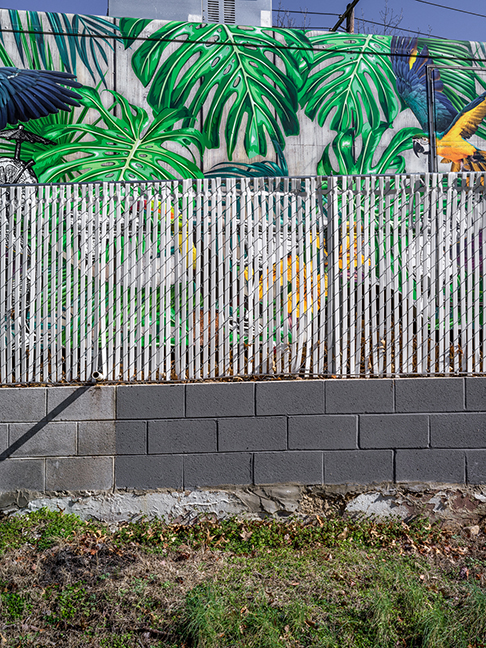


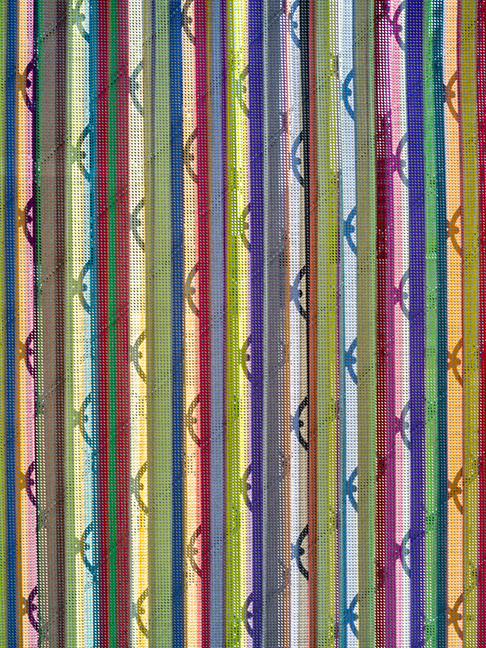


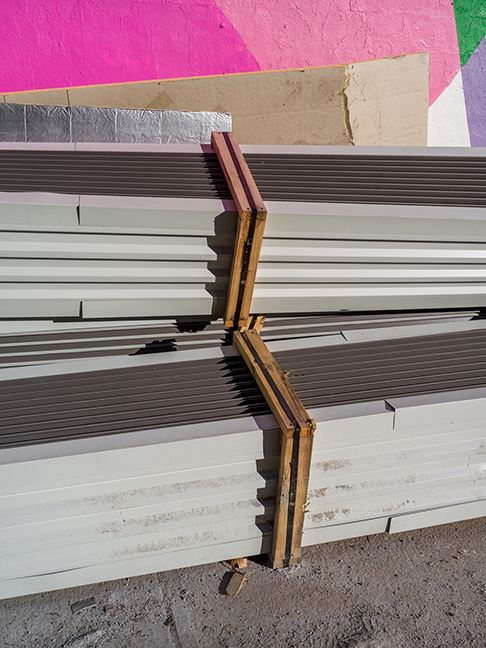


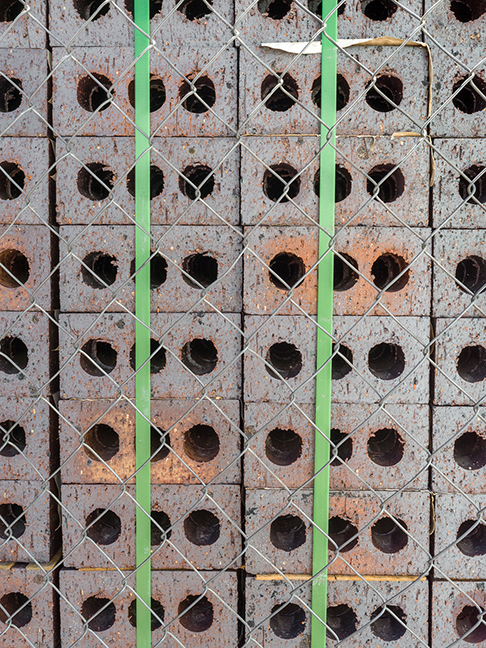


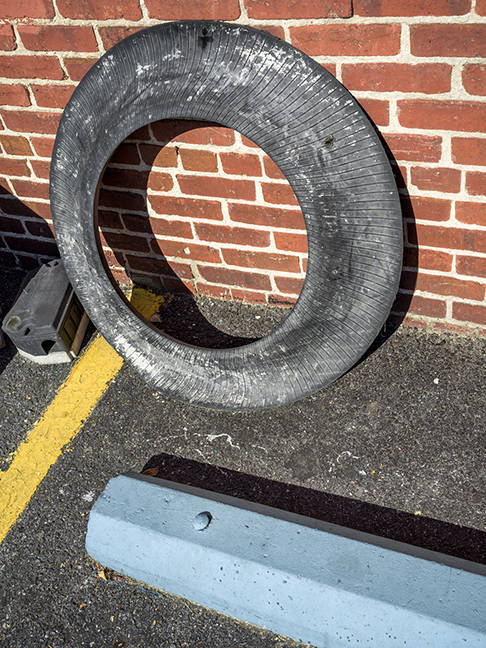


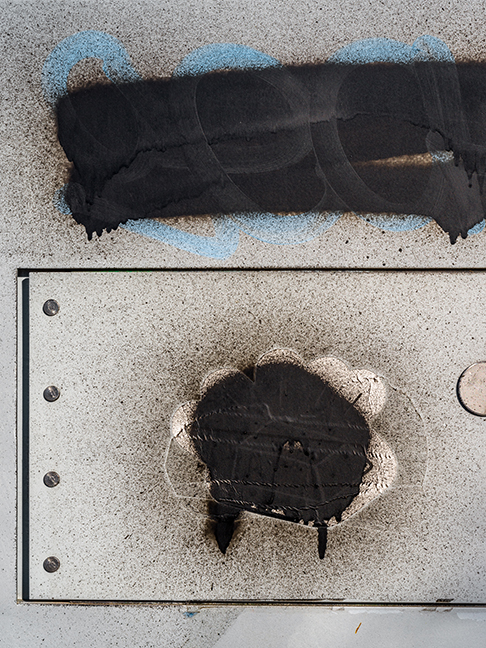


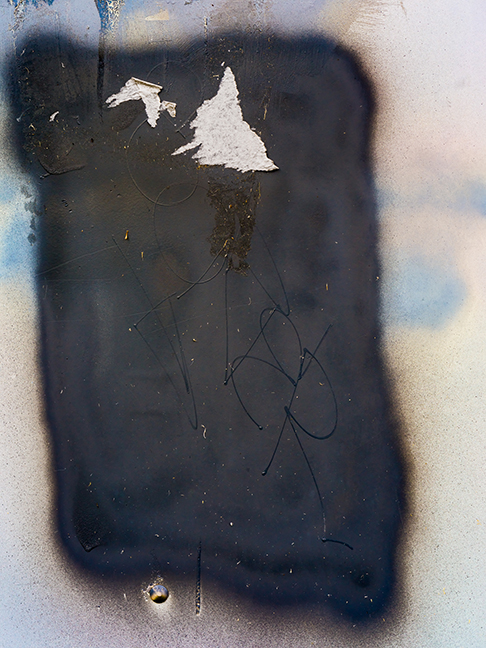


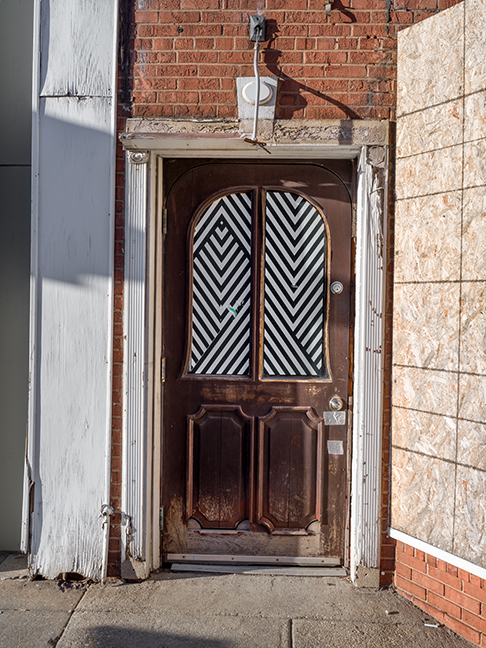


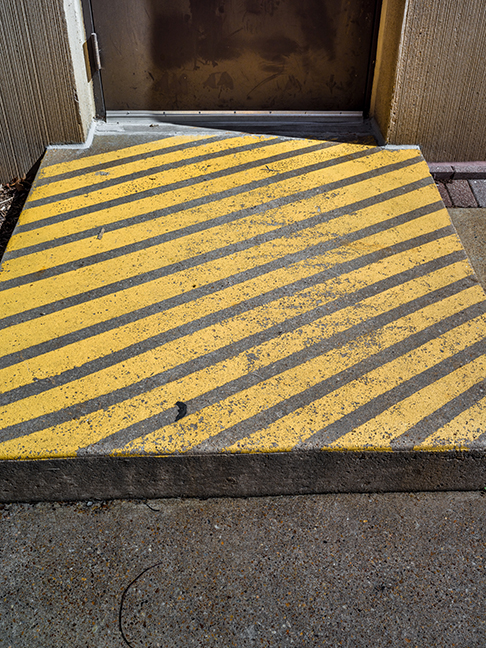


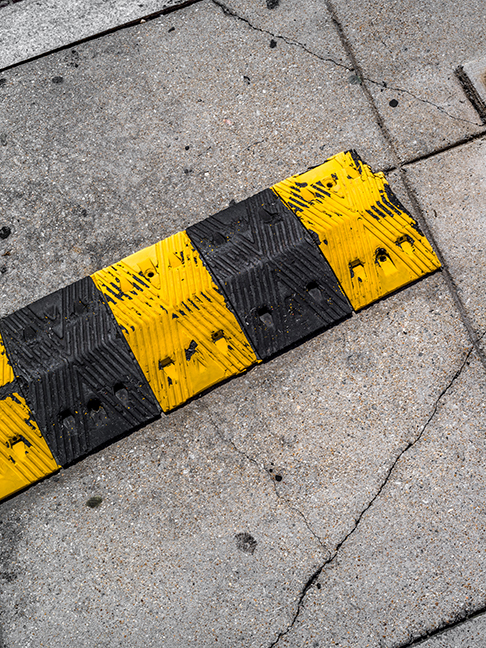


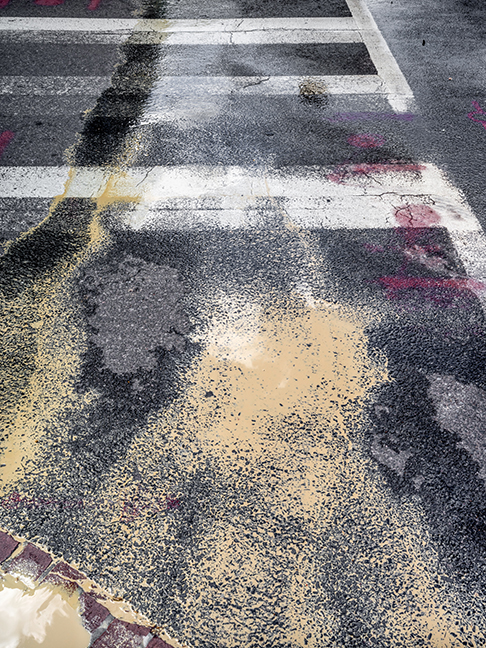


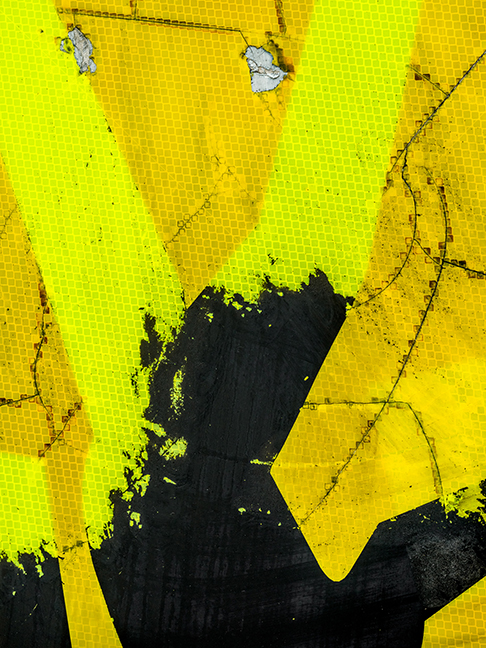


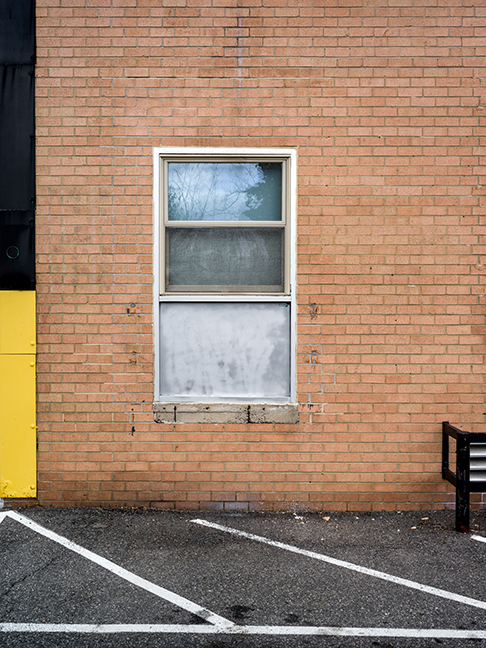


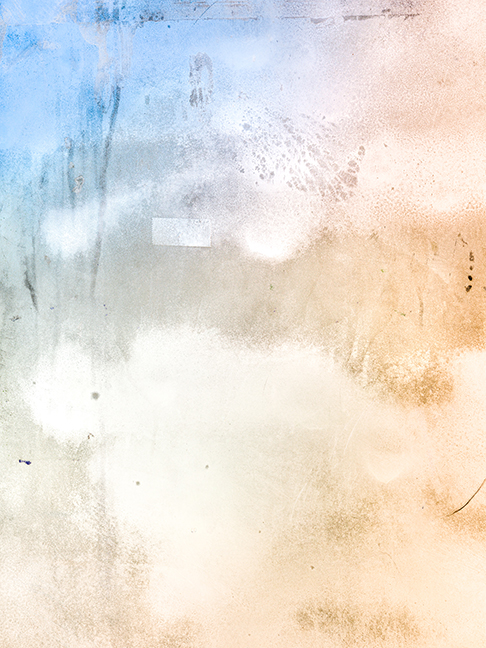


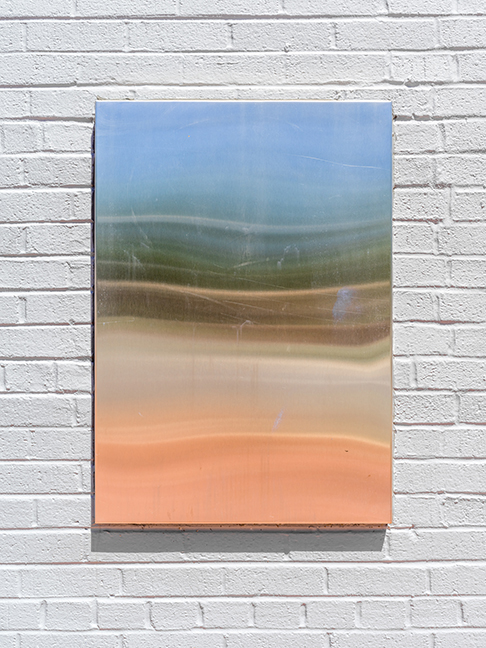


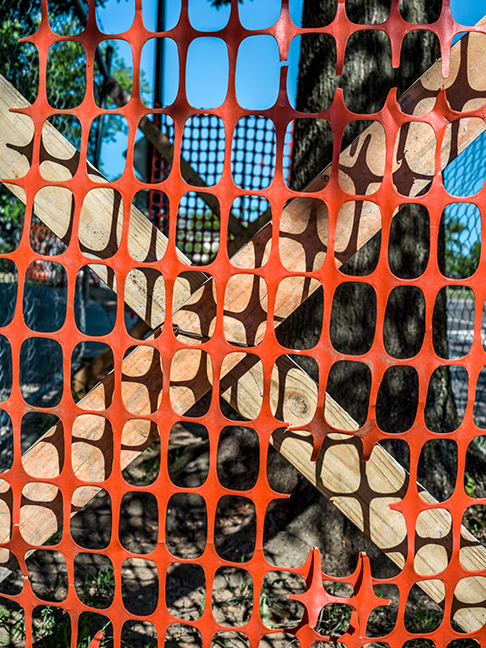


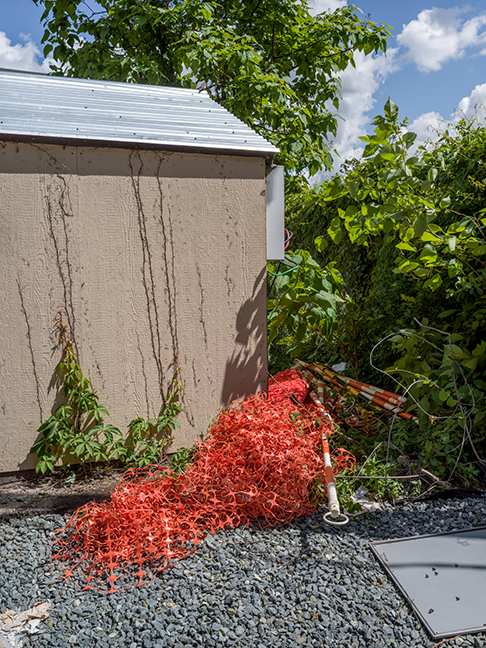


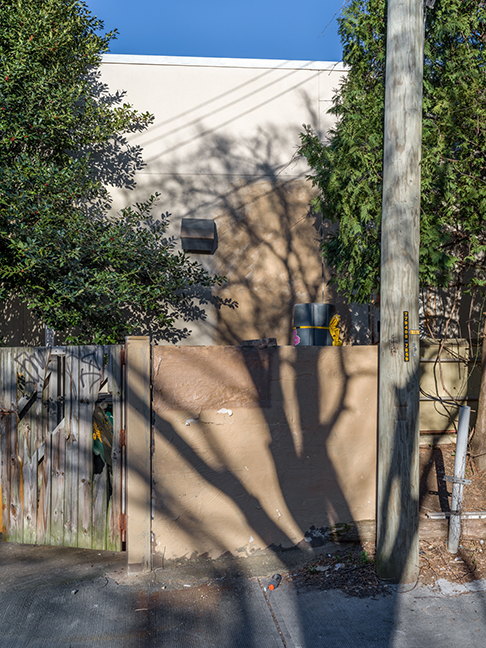


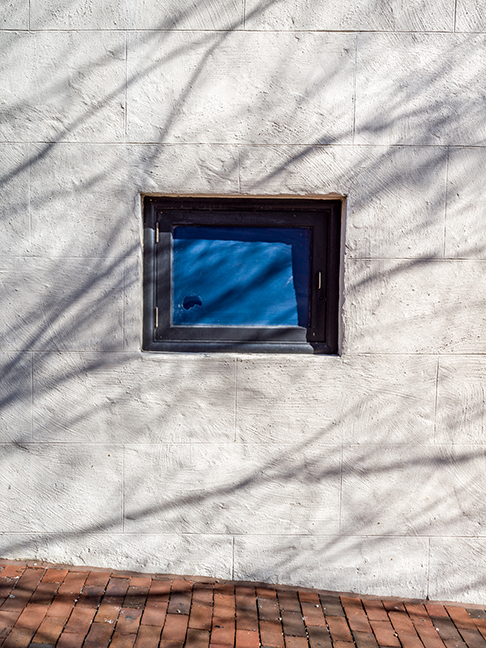


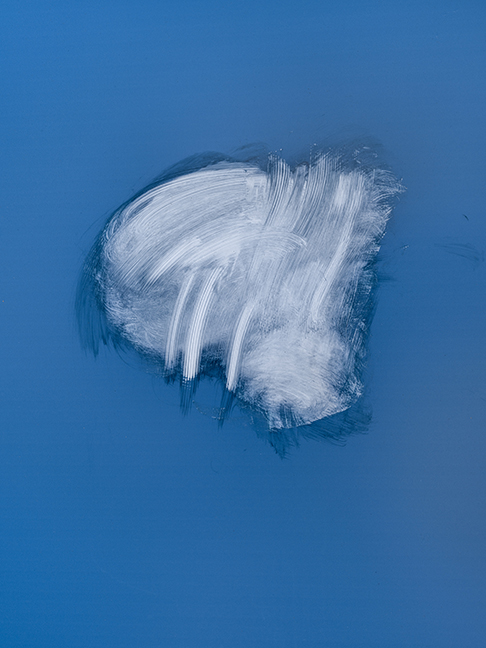


realism succumbing to abstraction or is it the other way around
These pictures, like most of my camera-based work, are made as I meander from one place to the next, mostly in and around Washington, DC. To put it simply, I try to find meaning through the act of paying attention to my surroundings, and from time to time, placing a rectangle around a scene that gives me pause in hope that the resulting picture will have a similar effect on the viewer. Also, on these walks, I occasionally consider the statement that makes up the title of this project as a question, that is, is realism succumbing to abstraction or is it the other way around?
Generally speaking, my work exists along the blurry line between abstraction and representation. I regularly wonder whether all photographic images are abstractions or, conversely, if they are all the opposite, inseparable from the things they represent. Another, equally important dichotomy that I address through my work, is attempting to bridge the gap between poetic vision and critical reflection. In an essay on my work by Kristen Hileman titled Emptiness and the Poetics of Implication, she states:
"Kessmann’s images always pair poetic vision with criticality. It is the poetic qualities of the artworks that both conveys and transcends the melancholy of feeling alone in a world that brims with commodities, technologies, and infrastructure. Just as Kessmann has resolved his compositions through balanced form, varied visual texture, and a sense of beauty, might we be more deliberate in bringing balance, difference, and a sense of beauty to the kinds of systems, interactions, and locations that we create and inhabit?"
It is unlikely that I will settle on a definitive answer to Hileman’s question or even the one I posed above, but I find pondering them through the making of images worthwhile, nonetheless.
Like Stephen Shore, an artist whose work I turn to for inspiration, I believe in the intellectual significance of elevating the ordinary to the extraordinary. Similarly, the author Abraham Verghese, who, in his book The Covenant of Water, makes an astute observation about the excitedness of one of its characters as she foresees and awaits the rising sun each morning of her life. Verghese writes, “To see the miraculous in the ordinary is a more precious gift than prophecy.” It is not for me to say whether any of my images are extraordinary or miraculous, and I am quite certain that none of them provide visual clues that foretell the future. Thus, I am content to focus on often overlooked details that, while remaining tied to the specificity of place and the quotidian aspects of our daily lives, may on occasion become untethered from reality, at times enigmatic, and always open to interpretation.